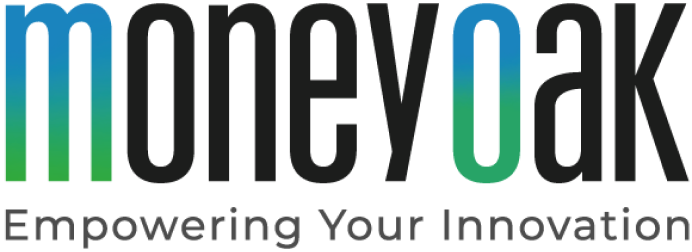The innovation income deduction (IID) has opened the field to other intellectual property rights. A boon for copyrighted computer programs. It remains to be determined – and proven – that the software is eligible for the IID. Explanations.
Research and development (R&D) intensity is a key driver of economic performance. This is why companies need to focus on innovation more than ever. At the forefront of these tax incentives is the innovation income deduction (IID). This mechanism is essential for companies of all sizes and in all sectors, provided that it is activated and its benefits are maximized.
The IID, which replaces the patent income deduction (PID), provides tax relief of 85% on profits from intellectual property (IP) rights. This means, under certain conditions, an effective tax rate down to 5.1%… Its appeal is enhanced by the fact that the scope is not limited to patents: other IP rights are now eligible. In particular, computer programs protected by copyright. The aim is to encourage the development of high value-added software in Belgium. Almost half of the rulings (advance tax rulings) related to the IID concern software income. Despite the figures from the tax authorities, the potential remains under-optimized for many companies.
How to know if the software is eligible for IID?
How many companies are unaware that they have innovative software that could benefit from the IID? The software used within the company – a source of intellectual property and profit – could therefore be eligible for the IID. Provided that it meets two cumulative conditions, but also that the company can justify itself. The IP right (whether developed internally or acquired externally) must be owned (co-owned, usufruct or licensed). But before analyzing these two key conditions in detail, it is necessary to define the notion of “computer program” as understood by the regulations.
In the case of a start-up that develops and markets a profitable software package, it can use the IID to reduce its tax burden. Beware that the software may need to be updated every two or three years to keep up with technology or increasing cyber security requirements, or the company may want to develop a mobile version of the application or add customer functionality. These are IT ‘adaptations’ that are also eligible for IID. For example, the enhancement, updating or modification of an existing system – provided that it is not a routine or support operation – is also eligible if the project meets the other requirements set out in the regulations.
2 major conditions to be met:
- No income generated before 1 July 2016. The question of timing is crucial, but in practice it is not always easy to find your way around… and sometimes you have to be ‘creative’. If the computer program was developed before (or straddling) this date, how do you know which revenues to take into account? You have to check for updates and estimate that the software needs a major upgrade every three years. Income created from this “evolution” (post mid-2016) could be taken into account for the IID. In any case, the administration will ask to thoroughly justify the timing and methodology.
- Protected by copyright. The software is original/innovative. The software – certain stages of its development, major updates, a derivative of the main version, etc. – must be the result of an R&D project or program. – The software – certain stages of its development, major updates, a derivative of the main version, etc. – must be the result of an R&D project or program. Very clear, but you have to be able to justify it…
Prove the « R&D » character of the software
When applying for a wage tax subsidy, a binding opinion must be requested from the BELSPO (Public Programming Service for Science Policy). The document can be used for the IID. In case of doubt, the OECD Frascati Manual should be checked. For more than half a century, the Frascati Manual has laid the foundations of a common language for dealing with R&D and has become an indispensable reference. Its definition of R&D has largely inspired most national regulations. Without going into detail, it is necessary to refer to the five criteria that delimit the scope of R&D to know whether software can benefit from the IID.
5 R&D criteria’s :
- Innovation: the activity should aim to achieve new discoveries (results, methods, techniques, models, etc.).
- Creativity: it must be based on original and non-obvious notions and assumptions.
- Uncertainty: its final outcome must be uncertain.
- Systematic: the activity must also be planned and budgeted.
- Transferable and/or reproducible: Finally, it must lead to results that can be reproduced or transferred.
The opinion of BELSPO
In theory, a binding opinion from the BELSPO is not required. Just as, unlike other intellectual property rights, software does not have to be registered. In practice, however, if the company wishes to obtain a ruling (issued by the Advance Rulings Service of the Ministry of Finance) regarding its approach to the IID, then a binding opinion from the BELSPO must de facto be produced. The two procedures, one scientific and the other fiscal, are inseparable and unavoidable in order to ensure eligibility.
Once these conditions are met, the calculation of the IID remains one of the stumbling blocks of the mechanism. Innovation revenues and software-related R&D expenditure must be identified. Not to mention the calculation of the nexus ratio. Finally, all of this must be duly traced and justified in order to introduce the ruling request, but also to avoid problems after the fact.
The principle of IID requires – for its implementation – a specialized expertise, requiring scientific, financial and legal/fiscal knowledge.





